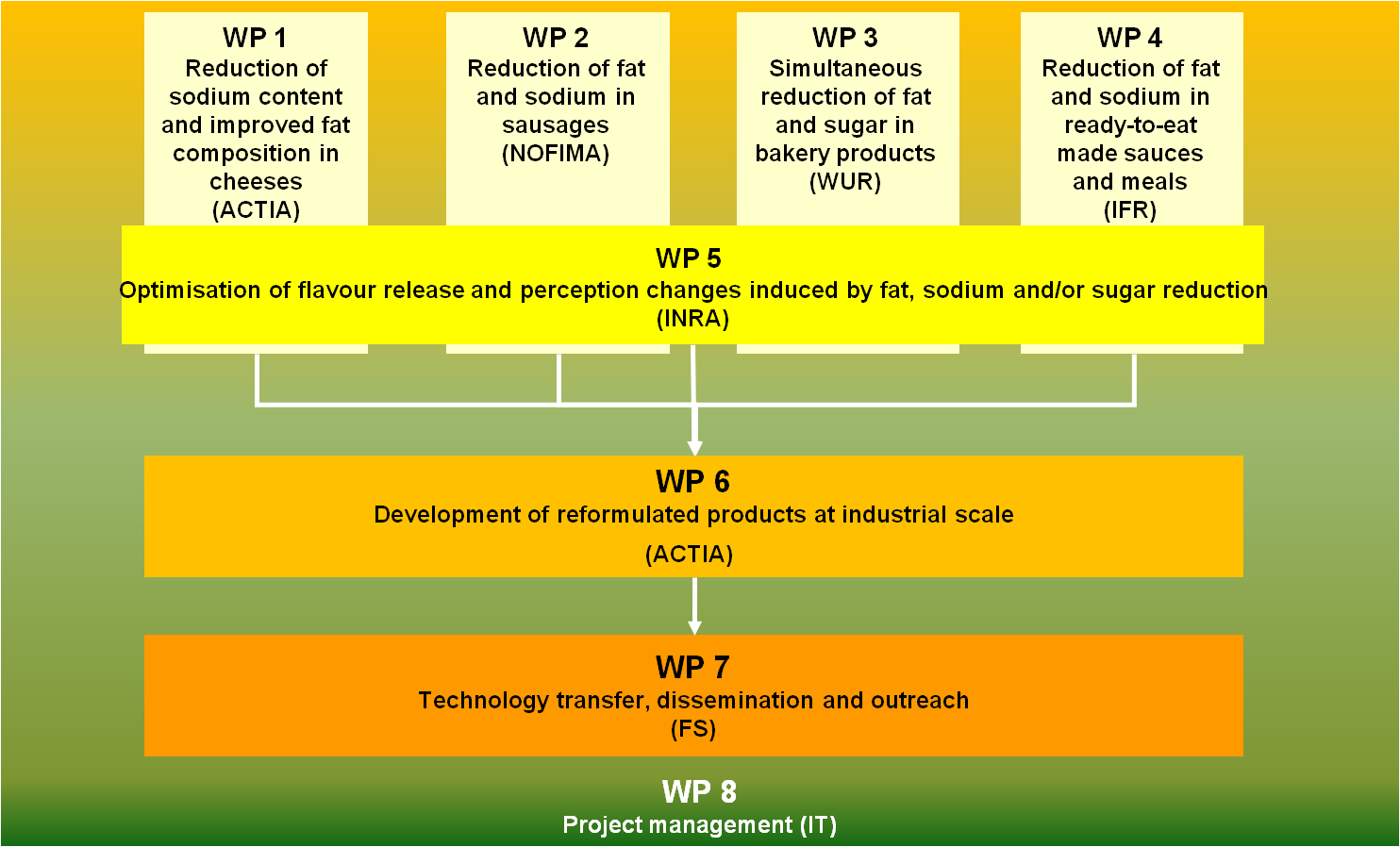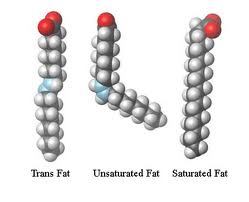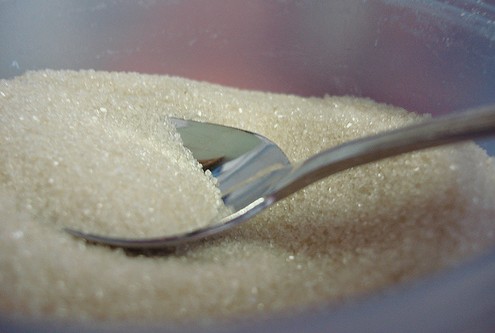TeRiFiQ in brief
Start date: 01/01/2012
Duration: 48 months
Theme: KBBE.2011.2.3-05
[Processed foods with a lower salt, fat and sugar content]
Scheme: Collaborative Project
(small or medium-scale focussed research project targeted to SMEs)
Budget: 2.99 M €
Funder: EU 7th Framework Programme (FP7)
Partners: 17 organisations
(10 SMEs)
TeRiFiQ General Presentation
TeRiFiQ General Presentation
Interlinking of WorkPackages
TeRiFiQ combines the following approaches:- An experimental approach based on process changes to achieve these binary reductions (via WP1 to WP4),
- An experimental approach to studying the impact of process change on food product structure (via WP1 to WP4) and at the same time optimising nutritional quality and safety of the reformulated products,
- An experimental approach characterizing the flavour release and perception of reformulated products to ensure full consumer acceptability (via WP5),
- An applied technological approach bridging the more experimental research and industry to enable the application and validation of the product reformulations at industrial level (via WP6) whilst at the same time ensuring the economic feasibility for all actors concerned (consumers and food industry).
To ensure the impact at EU level of both the scientific results and new process technologies a strong outreach and dissemination programme will be carried out through WP7 involving all partners and food federations from throughout Europe (SPES). WP8 (project management) will ensure the timely implementation and quality outputs of the TeRiFiQ workplan presented below.
The Workpackage (WP) interdependencies is shown schematically below

Objectives
Overall ObjectiveThe overall objective of TeRiFiQ is to achieve significant binary reductions in sodium-fat and fatsugar content of the most frequently consumed food products around Europe whilst at the same time ensuring the products' nutritional and sensorial qualities, safety and affordability for both industry and consumers so as to ensure wide adoption of the project technology at European scale.



Key objectives
- To reduce:
- ♦ the sodium content (up to 30%) of 3 different cheese types (soft, semi-hard and hard cheeses) and at the same time to improve the quality of the fat content
♦ saturated fat and sodium (up to 50%) in cooked and dry fermented sausages by using alternative technologies (multiple emulsion, cryo-crystallisation etc) and reengineering
♦ saturated fat and sugar in model bakery products by up to 25% (cryo-crystallisation...)
♦ saturated fat content (up to 50%) of sauces used in ready-to-eat meals.
- To test the new product formulations for consumer acceptance and to control their nutritional quality, to optimize them from a sensorial and perception point of view;
- To demonstrate these new formulations in a large number of SMEs and ensure full technology transfer to the industry at large.
News
TeRiFiQ Final Conference, 27th October 2015 at Milan EXPO, Italy. Presentations are online
Project results in a nutshell: TeRiFiQ Infosheets, available in English and many other languages
for research, technological development and demonstration


 Top
Top